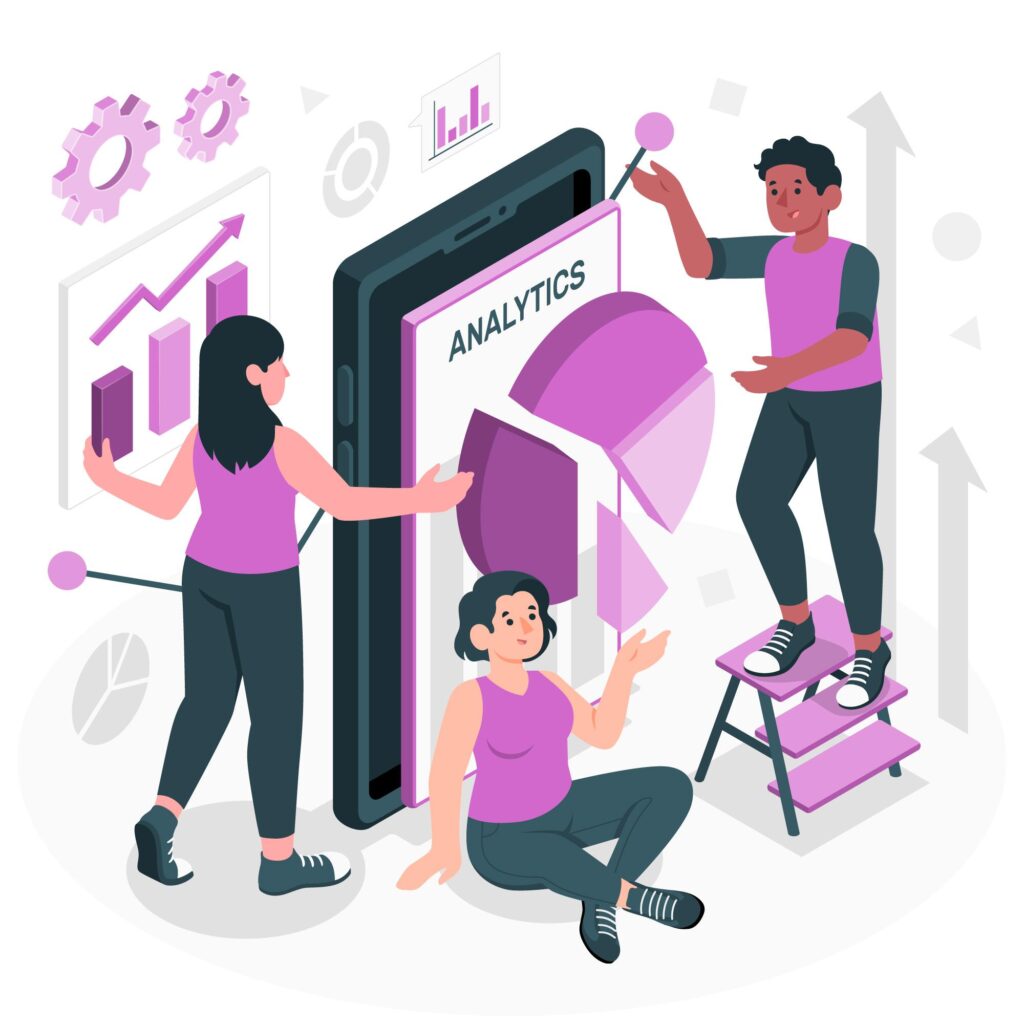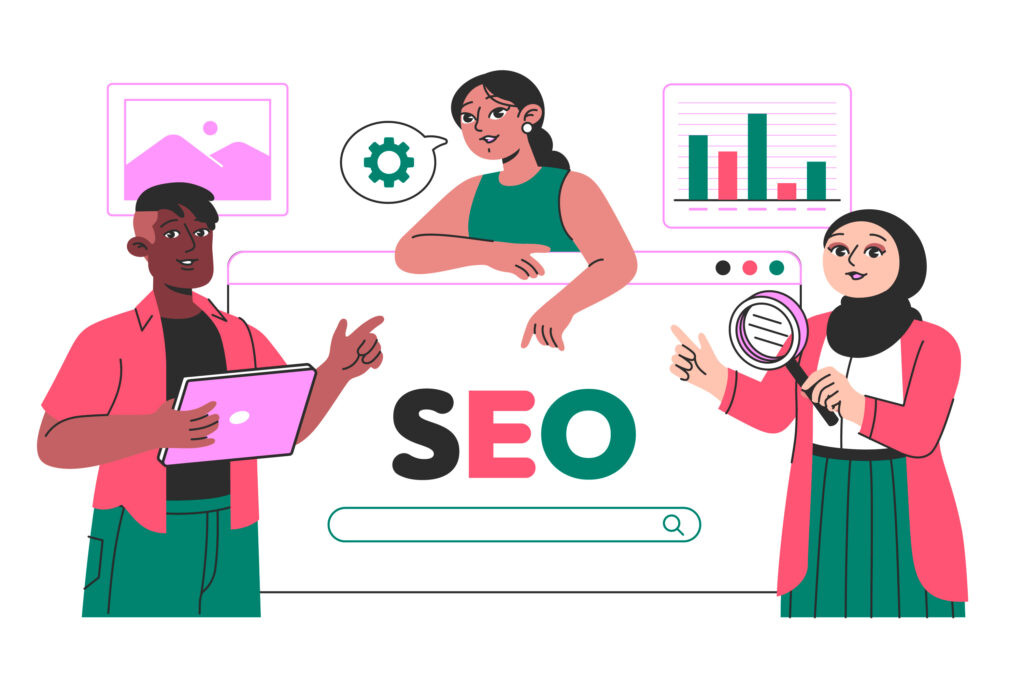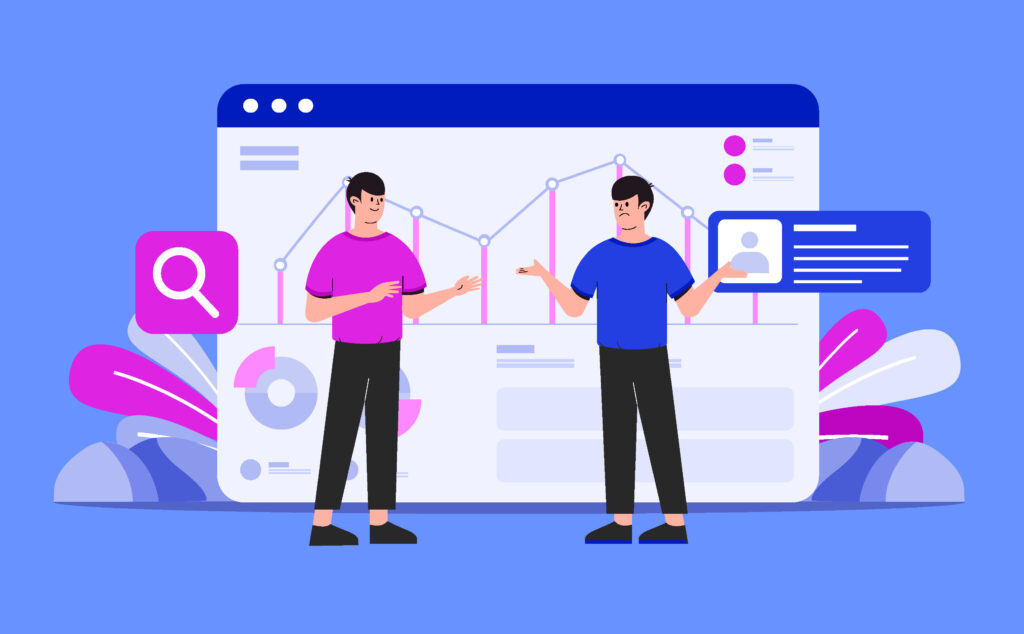Google Ads / Bottom Feeding Approach
What is the Bottom Feeding Approach in PPC?
The Bottom Feeding Approach in PPC involves targeting low-competition, less expensive keywords, often with a high conversion potential.While this might seem like a smart way to get quick results, it may not always be the best strategy for long-term growth and scalability.
This approach might lower your CPC but can sometimes result in lower-quality leads that don’t deliver the results you need.

Why the Bottom Feeding Approach Can Harm Your PPC Strategy
Though the Bottom Feeding Approach might seem appealing due to its ability to lower costs, it often leads to suboptimal performance.
By targeting overly niche or less competitive keywords, you risk missing out on more valuable, higher-intent leads.
This can lead to low-quality traffic and lower ROI over time, as these keywords may not be relevant to your target audience’s true needs.
The Downside of the Bottom Feeding Approach
The Bottom Feeding Approach often leads to poor-quality traffic, lower conversions, and missed opportunities for targeting high-intent customers who drive real results.
- Quality Over Quantity: Focusing on low-competition keywords might bring in traffic, but often leads to fewer conversions.
- Long-Term Viability: This approach may not provide sustainable growth, limiting your potential in the competitive PPC landscape.


When the Bottom Feeding Approach Works
In certain situations, the Bottom Feeding Approach can be effective.
For businesses with limited budgets, this method allows for entry into paid search campaigns without overspending.
It can also be helpful for targeting niche markets where competition is minimal, allowing for the acquisition of low-cost clicks.
However, relying solely on this strategy could prevent businesses from reaching their full potential.
When using the Bottom Feeding Approach, ensure you are continuously monitoring performance. Test and refine keywords to determine which ones generate the best returns. If not monitored, you could miss out on opportunities that offer higher conversions.
Why the Professional Google Ads Agency Approach is Better
A Google Ads agency provides the expertise needed to craft a comprehensive strategy, including identifying high-value keywords.
By analyzing your business’s unique needs, a professional team can find the right balance between cost-effective clicks and valuable conversions.
They optimize your campaigns for maximum ROI and long-term growth, moving beyond the limitations of a bottom-feeding approach.
A Professional Google Ads Agency can guide you to improve your Quality Score, reduce CPC, and refine your PPC approach so that you’re not going after the cheapest clicks, but the most profitable ones.
By focusing on data-driven strategies and real-time analytics, they can help you drive meaningful results without compromising performance.


The Risks of Bottom Feeding for Blockbuster Businesses
The risks of bottom feeding for blockbuster businesses include wasted ad spend, lower quality leads, and diminished brand reputation due to targeting irrelevant audiences.
- Short-Term Focus: Focusing too much on low-cost clicks can hurt long-term growth.
- Missed Opportunities: High-intent keywords may be neglected in favor of cheaper, lower-value ones.
- Quality Leads: Poor-quality traffic may result in fewer conversions and wasted ad spend.
- Brand Perception: Focusing on low-cost keywords may harm your brand image if associated with cheap or irrelevant services.
- Lower ROI: While CPC may be low, the traffic generated may not yield high enough conversions to justify the spend.
The Importance of Strategic Keyword Selection
- Intent Matters: Keywords with higher intent can drive quality traffic.
- Target Audience: Focus on keywords that align with your customer’s needs and behavior.
- Competitor Analysis: Identify high-value keywords that competitors may overlook or undervalue.


Effective Alternatives to the Bottom Feeding Approach
- Bid on High-Intent Keywords: Invest in keywords that are directly aligned with your target customer’s search intent.
- Use Negative Keywords: Filter out irrelevant traffic by using negative keywords to keep your campaign focused.
- Leverage Competitor Insights: Study competitors’ keyword strategies to find untapped opportunities that drive conversions.
When you focus on the right balance of high-value and low-competition keywords, you can optimize your PPC Ad campaigns and maximize your ROI. Don’t settle for cheap traffic that doesn’t convert; aim for quality, relevant leads that bring in true results.
How to Avoid Bottom Feeding on PPC
- Focus on Relevance: Choose keywords that are directly related to your products or services.
- Test, Test, Test: Run A/B tests to identify which keywords drive the best results.
- Refine Your Targeting: Adjust your target audience to focus on high-intent users.
- Avoid Broad Match Keywords: These can result in irrelevant clicks that waste your ad spend.
- Monitor Performance Regularly: Use analytics to track the success of your keywords and adjust bids accordingly.
- Work with an Expert: A Google Ads agency can help you navigate the complexities of PPC Ads and choose the right strategy.
- Optimize for Conversions: Ensure your landing pages align with your ad copy to maximize conversions.


Key Takeaways for Better PPC Campaigns
- Never focus only on the lowest CPC keywords.
- High-intent keywords often provide better returns.
- Ad copy optimization should be a priority for better performance.
- Continuous A/B testing will help refine your strategy.
- Always monitor and optimize your keyword performance.
- Work with a Professional Google Ads Agency for expertise and results.
- Balance short-term savings with long-term growth for sustainable PPC success.
Move Beyond the Bottom Feeding Approach
The Bottom Feeding Approach may seem tempting for quick wins, but it often leads to poor long-term results.
Shift your focus towards high-intent keywords and a well-rounded strategy that will bring you the conversions you need. Stop focusing solely on CPC and start optimizing for ROI.
Invest in Quality, Not Just Cheap Clicks
By using a more strategic, professional approach, businesses can increase their PPC performance and get better returns.
Avoid the temptation of bottom-feeding on PPC, and choose the path that focuses on high-quality leads and sustained growth.


6 Key Strategies for Effective PPC Campaigns
- Focus on high-intent keywords.
- Continuously monitor and optimize your ads.
- Use ad copy templates for higher quality messaging.
- Leverage competitor insights for better targeting.
- Test different versions of ad copy to improve CTR.
- Avoid irrelevant, low-value clicks.
Optimize Your Google Ads Campaigns Today
Start shifting your focus away from bottom-feeding on PPC and invest in a strategy that drives high-quality traffic.
A Google Ads Agency can help you create a campaign that maximizes conversions.
Target High-Value Keywords for Best Results
Targeting high-value keywords ensures that your business gets traffic with a higher likelihood of conversion, leading to better ROI.
Avoid wasting your budget on irrelevant or low-conversion clicks.


Choose a Professional Google Ads Agency
Partnering with an experienced Google Ads Agency helps you craft the perfect strategy, analyze results, and achieve more meaningful outcomes.
Don’t let bottom feeding limit your campaign’s potential.
Maximize Your ROI by Avoiding Bottom Feeding
Stop focusing solely on low CPC keywords.
Instead, aim for better quality and higher conversion rates, ensuring your PPC campaigns provide a substantial return on investment.